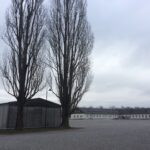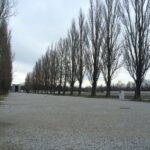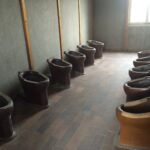As Americans who had the atrocious history of WWII and Nazi Germany burned into their education since grade school, we knew that a visit to a former concentration camp was a must during our visit in Germany. However harrowing and heart wrenching the experience may be, we knew that this brutal past time was crucial in shaping the country and the world today. Visiting a country isn’t all about enjoying its beauty, culture, and gastronomy. Like how the Hiroshima Peace Memorial is to Japan, or the Civil Rights Museum of Memphis is to the U.S., the Dachau Concentration Camp and Memorial is a scar to Germany, illustrating the facts and providing a vivid depiction of what we’ve learned from school. After viewing the Dachau Concentration Camp, the first concentration camp in Germany, the brutal tactics of Nazi Germany were no longer horror stories and words. Witnessing the sites used less than 100 years ago to violate human rights materialized what we’ve learned as children–it brought truth and reality.
Located about 16 km northwest of Munich, the Dachau Concentration Camp and Memorial Site is free to all visitors. It opened in 1933, was intended for political prisoners (including homosexuals, the disabled, and Jews), and was liberated by U.S. forces in 1945. 32,000 documented deaths have been reported, and thousands more remain unknown.
Upon entering, the first site of interest was the courtyard, which was used for role call and public humiliation/torture. For role call, prisoners stood for at least an hour twice a day and were forced to remain motionless; even the sick or weak were tortured and/or ridiculed if they collapsed. Sometimes even the dead were dragged out to be called upon. Below is the courtyard, with the central kitchen in the distance.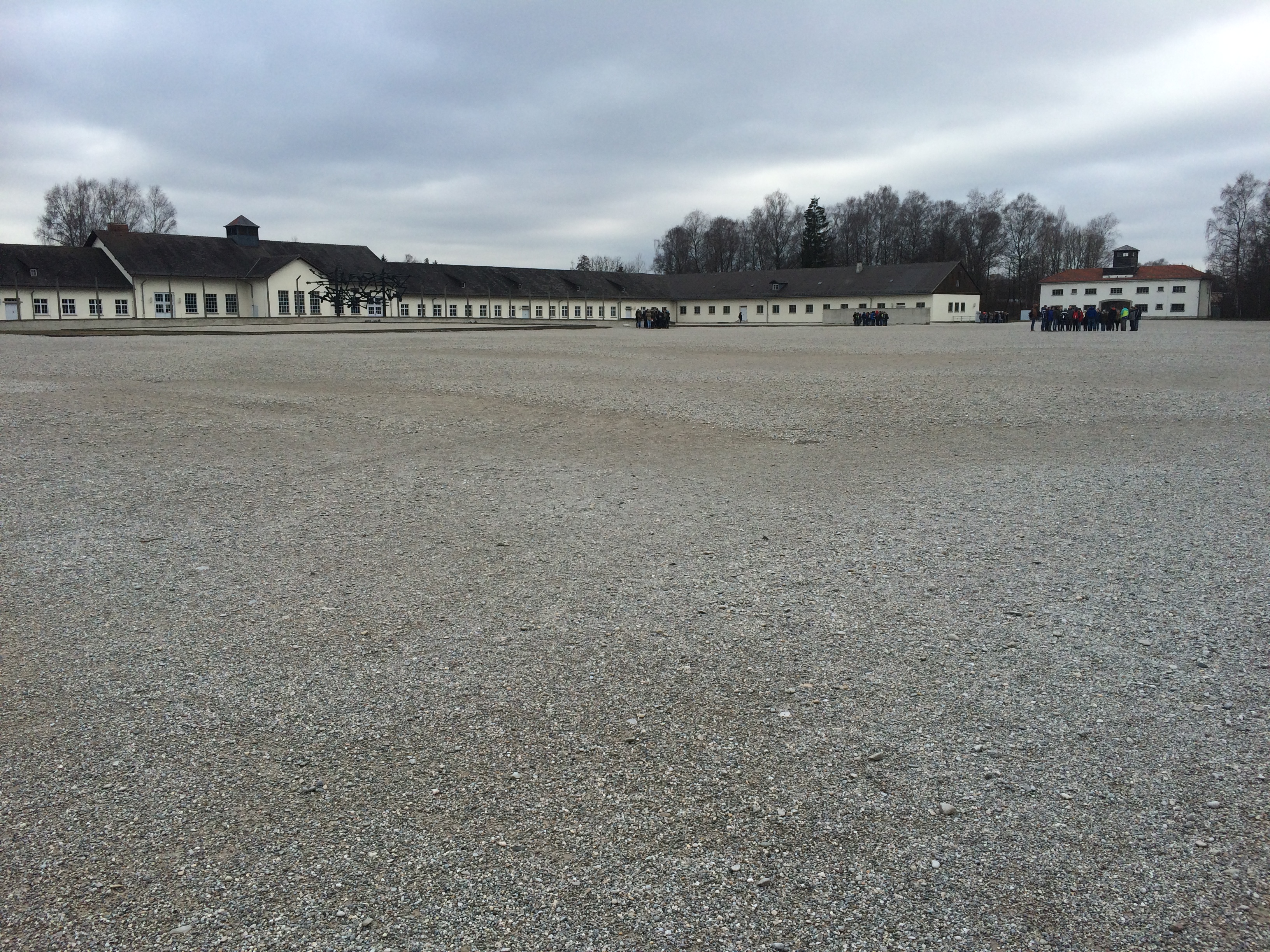
Opposite of the central kitchen were the rows of barracks. Only 2 barracks exist today after being reconstructed in the 1960s. The rest were just foundations.
Barracks housed all the prisoners. Certain barracks were reserved for prisoners who opposed the government, and even some were reserved for prisoners who were to receive medical experiments. Within the barracks were stacks of perfectly aligned bunks: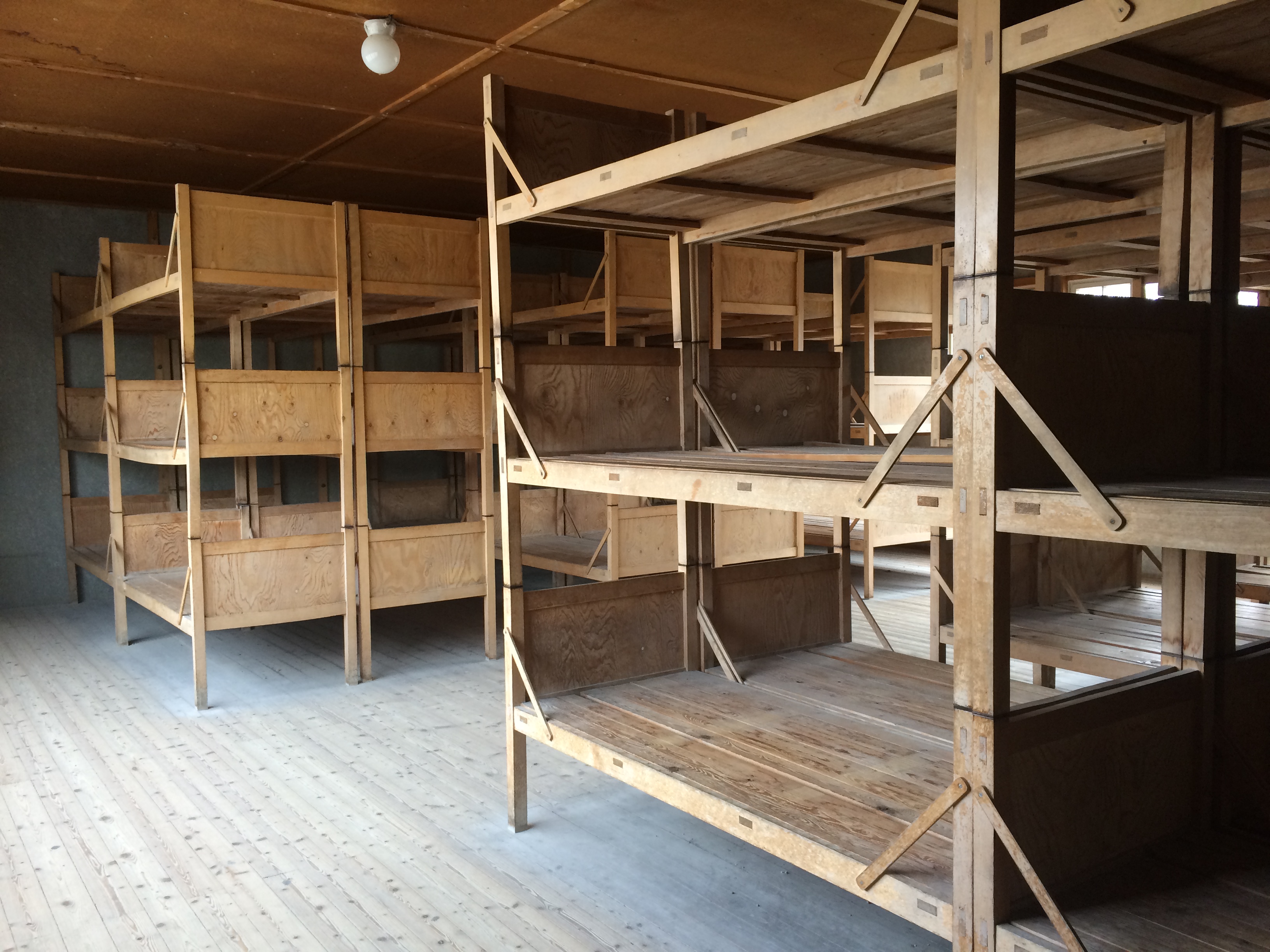
No one dared make the bunks imperfect; otherwise, torture would come upon them.
The washroom and toilets:
The barracks were surrounded by an electric barbed-wire fence, a moat, and a wall with 7 watch towers.
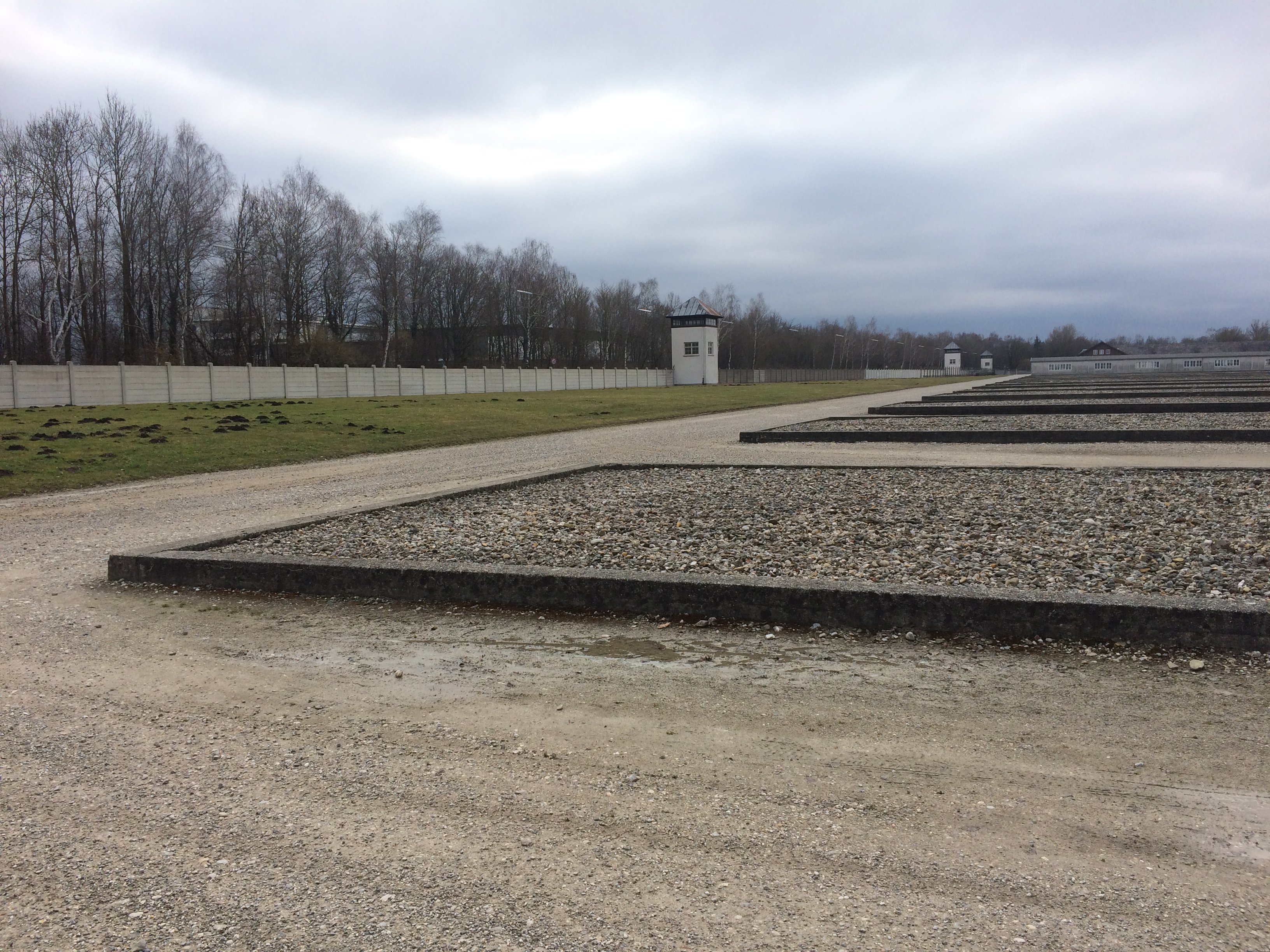
At the end of the barracks were three memorials dedicated to all the prisoners.
Beyond the memorial was the crematorium. There was a smaller crematorium, which was replaced by this larger crematorium when the first could no longer keep up with the mortality rate. The crematorium was used for not only the cremation of dead (and perhaps live!) bodies, but also for execution and storage of bodies.
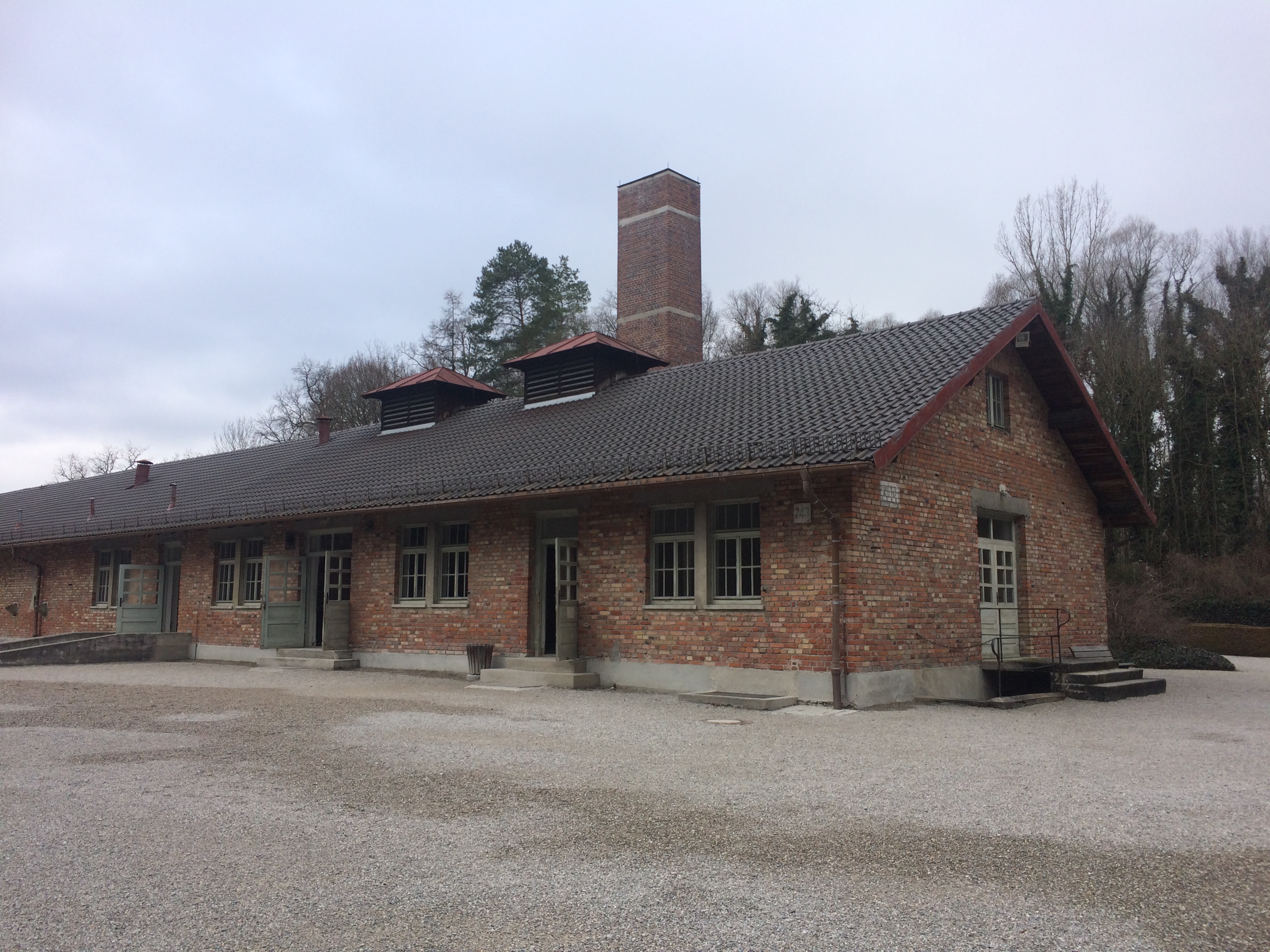
Rooms that once stored piles and piles of dead bodies: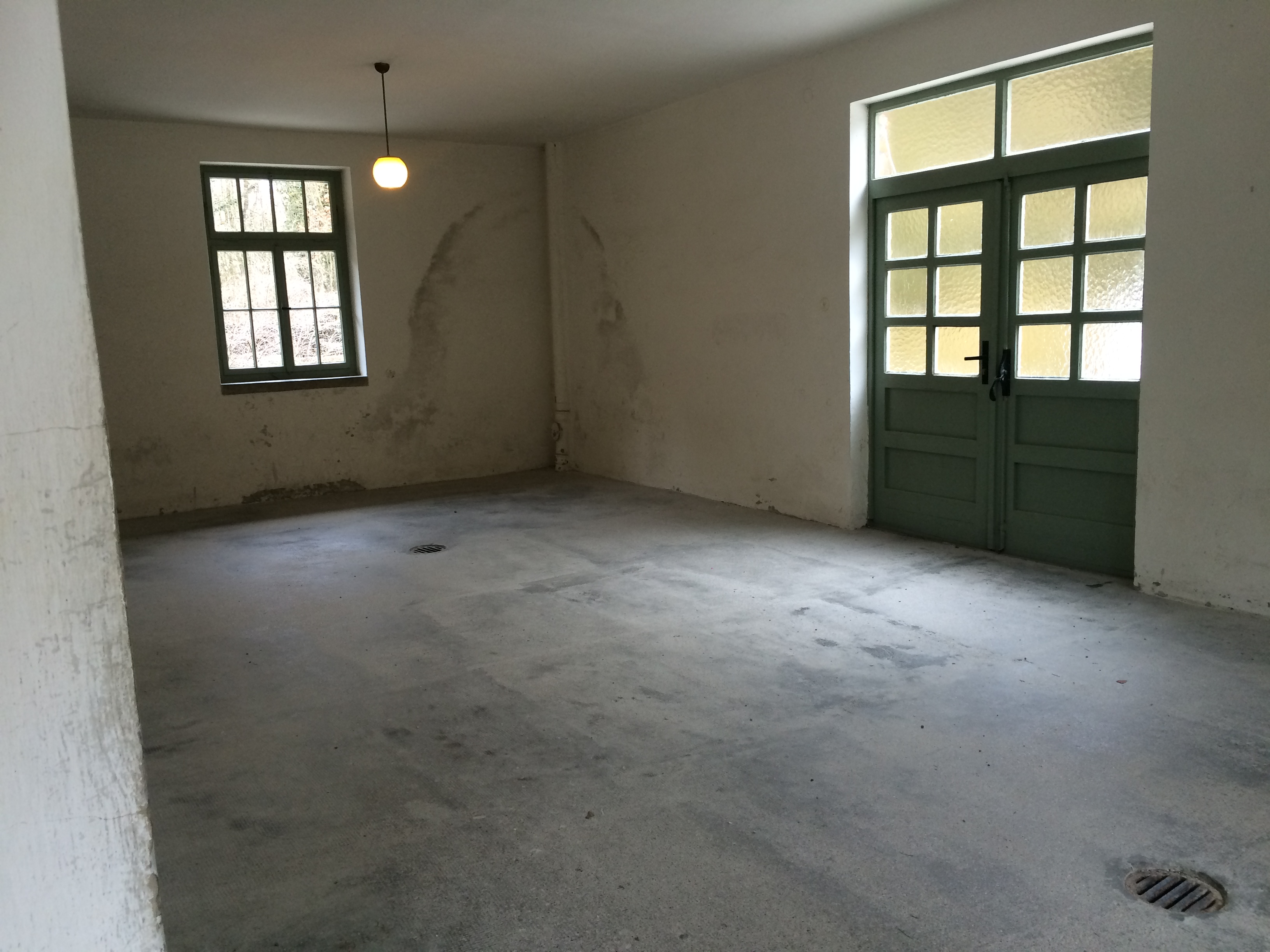
People were often hung directly in front of the ovens before being cremated. Ovens to burn the bodies:
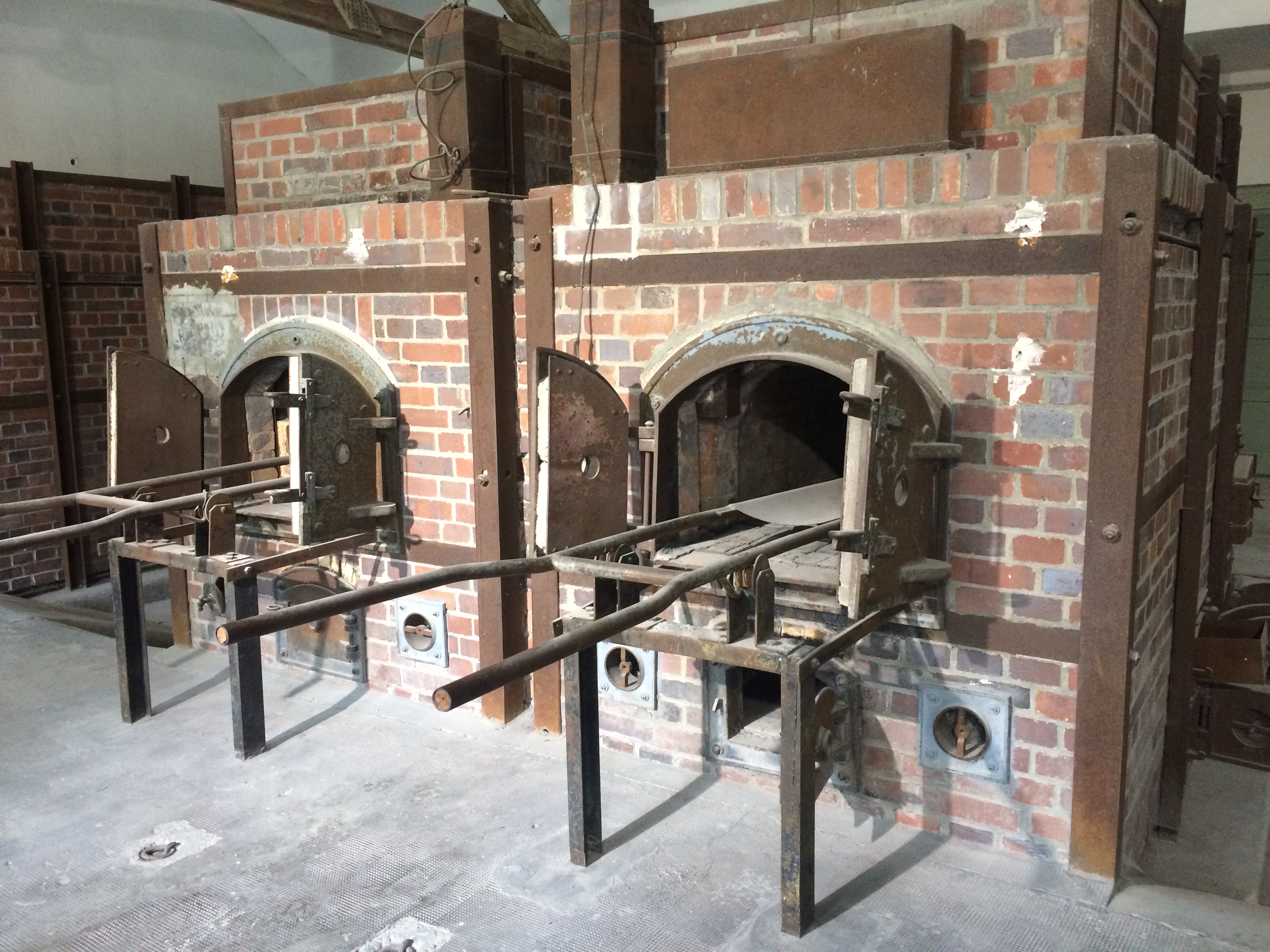
The crematorium also had a gas chamber, but the gas chamber at Dachau was never actually used to mass execute the prisoners.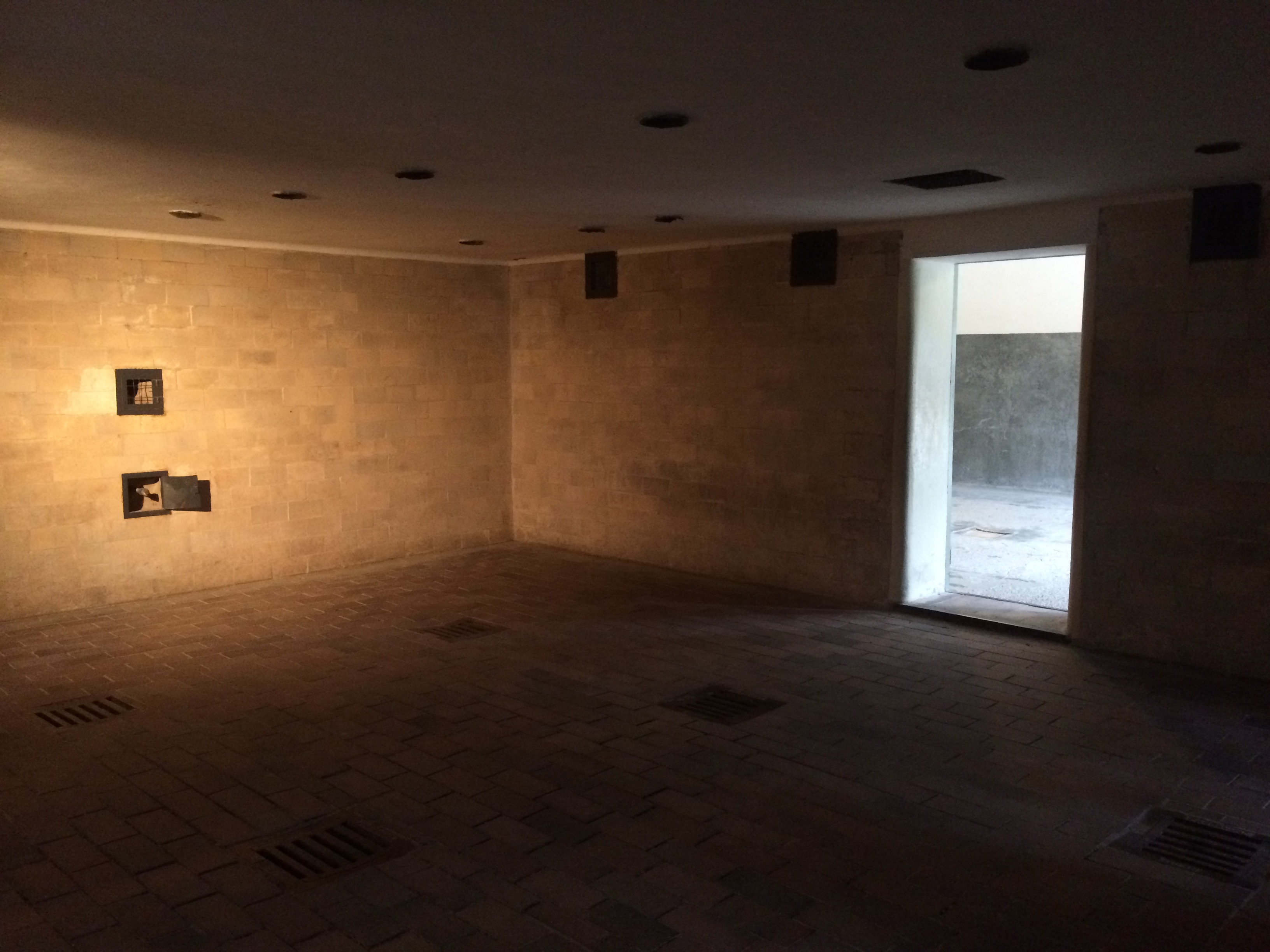
Upon exiting the crematorium, we followed a little stone pathway to a few gravestones, which concluded the gruesome tour through the concentration camp.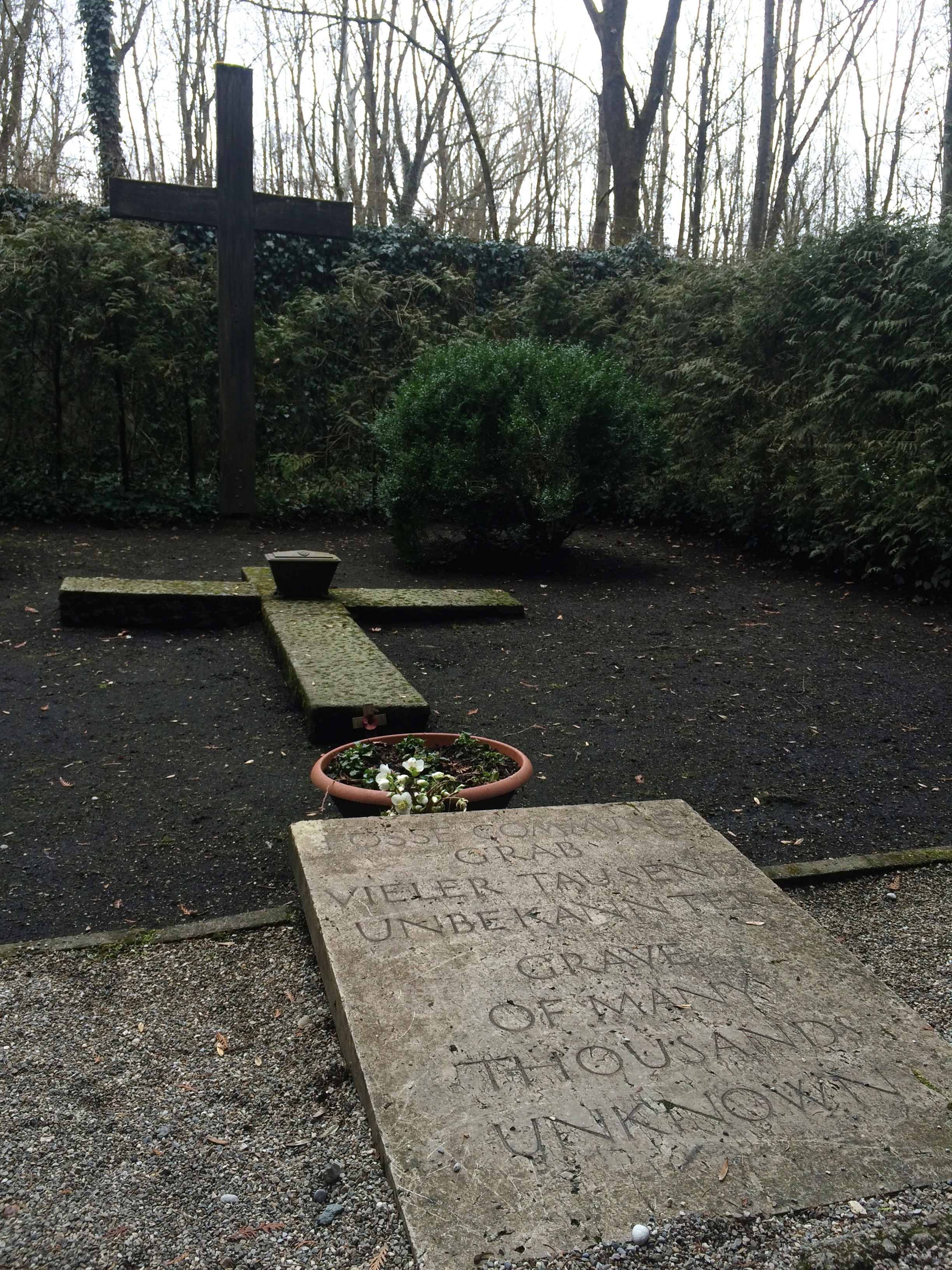
There was even a gravestone for the pistol range execution area: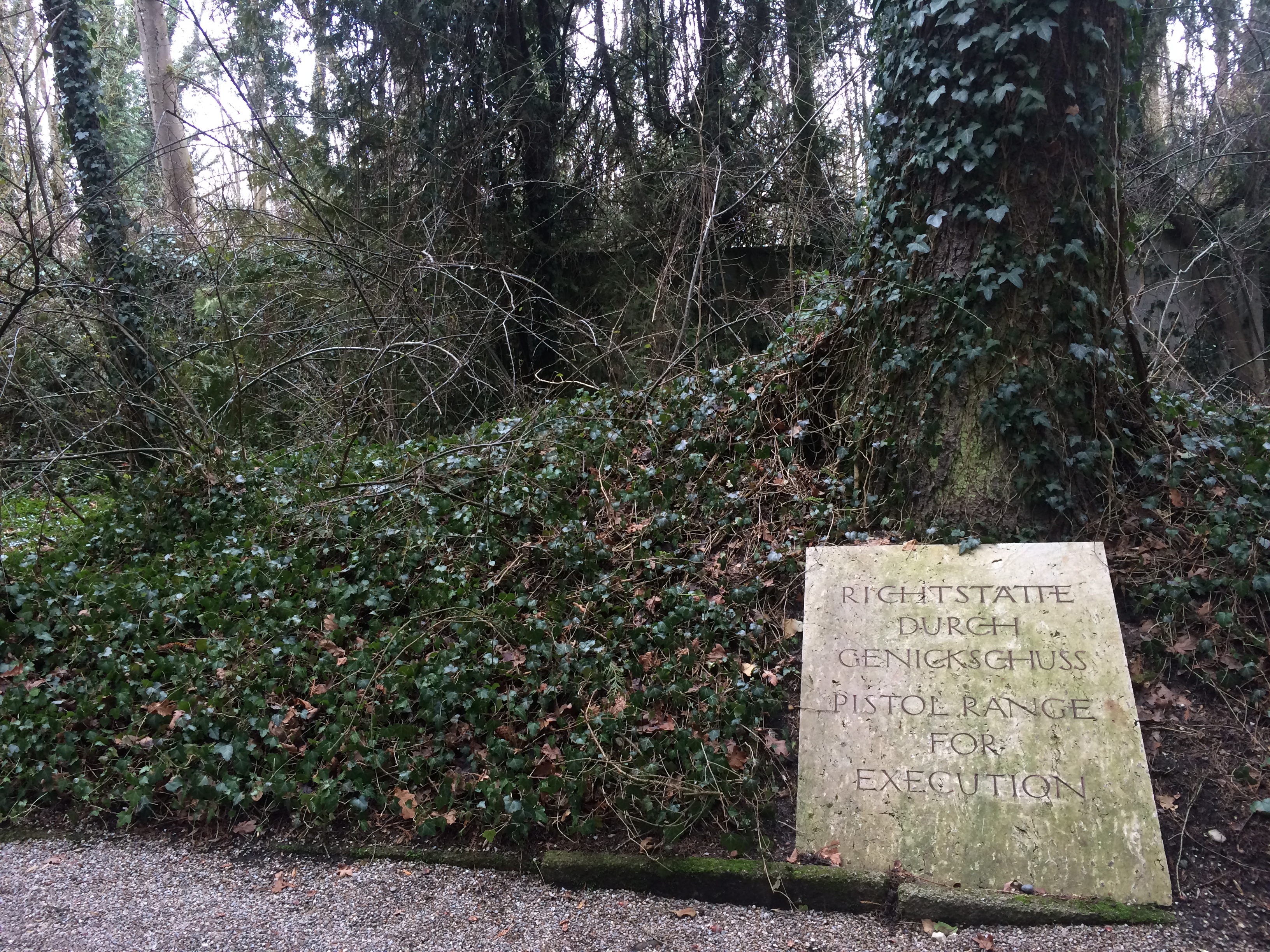
And that was the Dachau Concentration Camp, definitely not a place to visit if you’re simply a tourist who wants to enjoy the best a city or country has to offer. When I read about this camp, I was hesitant to visit it, but we were both glad we took the time to see it, learn about it, and be aware of it. We are now able to put images to one of the most horrifically fascinating outcomes of WWII, perhaps the biggest human regret in our lifetime.

